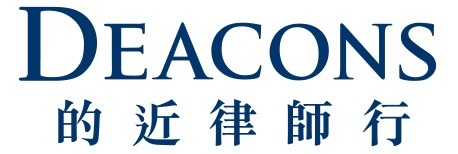The English High Court (“Court”) in Re Avanti Communications Limited (In Administration) [2023] EWHC 940 (Ch) (“Re Avanti”) ruled that the existence of permitted disposals of secured assets under a security document does not necessarily undermine the fixed charge over the said assets.
Background
Avanti Communications (the “Company”) had granted fixed charges over certain satellite and network communications assets (“Relevant Assets”) as security for several finance documents. The security contained restrictions against disposal, and permissions to dispose, of the Relevant Assets subject to specified conditions.
Issue
The Company and the administrators sought a determination of whether the Relevant Assets which had been sold by the Company were subject to a fixed or floating charge.
The characterisation of the charge would affect the amount recovered by secured creditors. If the charge was found to be floating, a portion of the proceeds would go to HM Revenue & Customs (as preferential creditor), and into the ring-fenced sum held for unsecured creditors. If fixed, the proceeds would be retained by the secured creditors.
Ruling
The Court confirmed the two-stage test approach set out by Lord Millet in Agnew v Commissioners of Inland Revenue.1 At the first stage, the court must construe the relevant instrument of charge to ascertain the nature of the rights and obligations which the parties intended to grant each other over the charged assets. At the second stage, the court must characterise the charge and determine whether the rights and obligations in respect of the charged assets are consistent with fixed charge security or floating charge security; this is a question of law independent of the parties’ intentions.
The Court was satisfied from the debentures that the Relevant Assets were within the scope of the charging clause. It further observed that the parties had expressed the charge as a fixed charge, though reiterating that this is not decisive in the characterisation exercise. The Court also endorsed the distinction drawn in former cases2 between (a) assets that are part of a company’s circulating capital or stock in trade (indicative of a floating charge); and (b) assets which are specific and do not necessarily fluctuate (indicative of a fixed charge). It concluded that the Relevant Assets fell into the latter category. Lastly, the Court examined the nature of the restrictions against and permissions of disposals of the Relevant Assets in the debentures, and found that, notwithstanding the Company’s permissions to dispose of the Relevant Assets, such permissions were “strictly limited” and the Company had “no ability to deal with the Relevant Assets in the ordinary course of its business”. Thus, the Court held that the charges took effect as fixed charges.
It is worth noting that, when considering the second stage, the Court did not agree with the absolute approach suggested by some academic commentary, which stipulated a total prohibition on all dealings in the asset or its proceeds as a requirement of a fixed charge. Instead, the Court held that prior case law in this area supports a more nuanced approach which depends on a combination of factors. As such, it was neither feasible nor sensible to pinpoint the location “spectrum of possibilities” where a floating charge gives way to a fixed charge, or vice versa.
Conclusion
Re Avanti makes it clear that a fixed charge does not require a total prohibition on a chargor’s ability to deal with its charged assets. Where such assets are not part of the company’s circulating capital or fluctuating assets, and the chargor’s ability to deal as such is effectively limited, the security may be consistent with a fixed charge. Although Re Avanti has not yet been followed by the Hong Kong courts, it is likely to act as persuasive authority in future cases where relevant. Lenders should ensure that security documents and any exceptions to a complete prohibition on disposal of charged assets are clearly and carefully drafted to avoid unintentionally creating a floating charge.
To access the full case, please see here.

1 [2001] 2 AC 710 at [32]
2 See, for example, Re Cimex Tissues Ltd [1994] BCC 626 at 635; Re Spectrum at [138] and [139]





